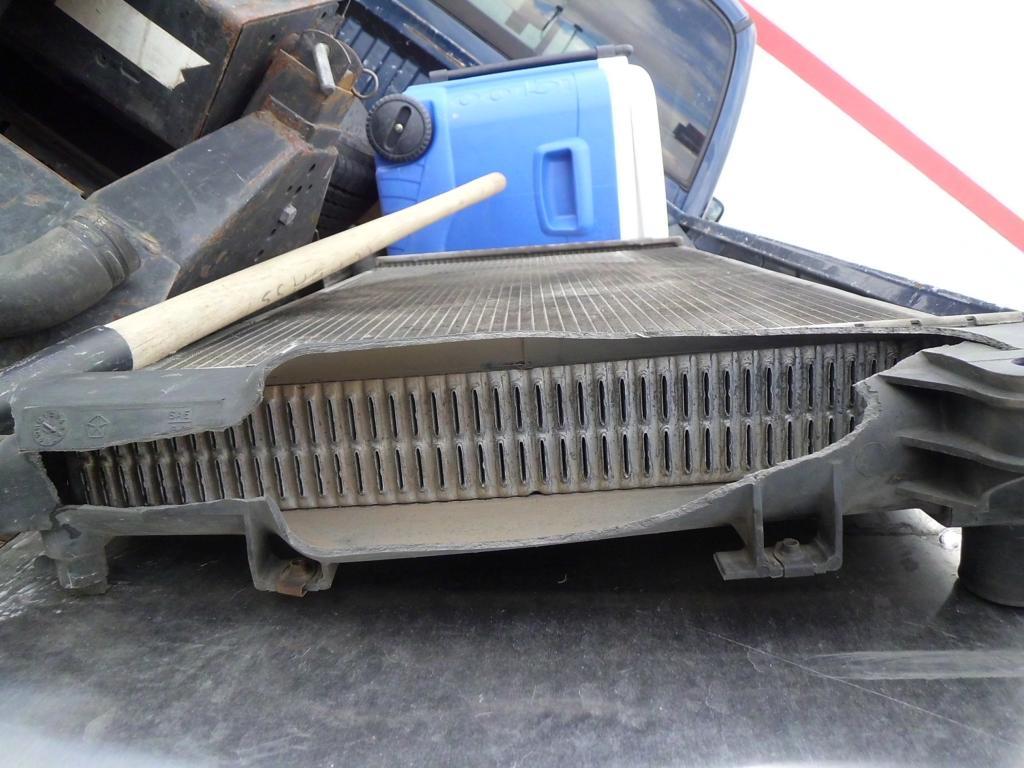- Replies 6
- Views 2.5k
- Created
- Last Reply
Top Posters In This Topic
-
dripley 1 post
-
IBMobile 1 post
-
leathermaneod 1 post
-
DocH 1 post
Popular Days
Most Popular Posts
-
I did a good bit of digging into this a month ago when I flushed my coolant. Sure I could have spend all the money on fancy HOAT coolant, but why when the factory fill is plain old green from Napa and
-
I replace about one radiator a month. Every one is due to a leak in the area of the radiator where the hot water from the engine comes into it. Either the seal between the aluminum core and plastic
-
Correction. Not acidic, but basic... Still corrosive though. I'll have to agree that most people do not change coolant often enough and end up getting a offset pH number and turns corrosive eating eve






While researching which coolant to use after new radiator install, I found the following:
http://www.turbodieselregister.com/tdrarticles/tdrarticle62_antifreeze.html
About halfway down the page there is this table:
There seem to be a few interesting tidbits in the article, and ALL sorts of talk about silicates etc...
Thanks for looking, and I am very curious as to what Folks think of the info....
Ed